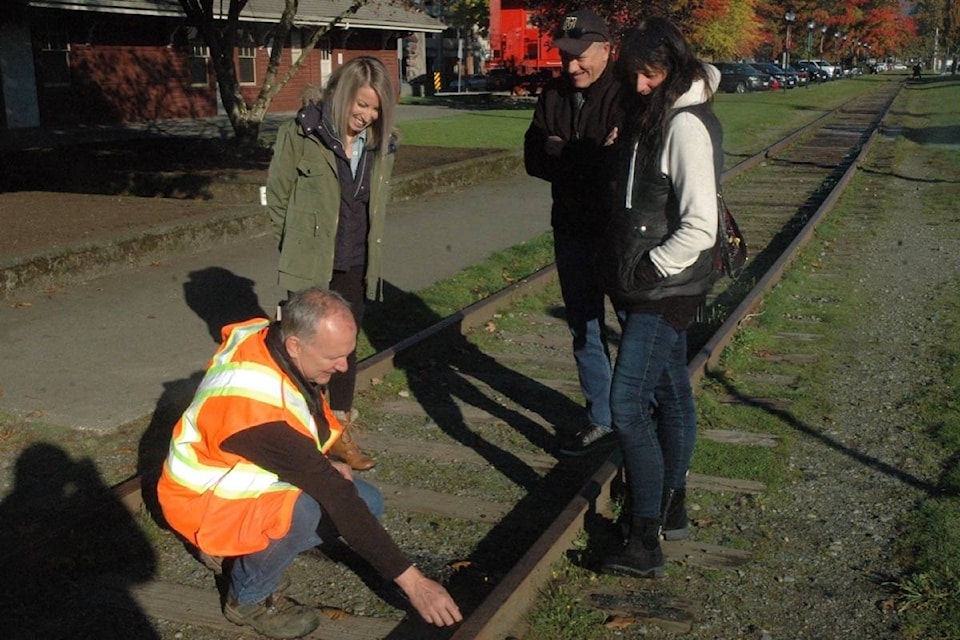The CEO of the Island Corridor Foundation says they can get the Island Rail Corridor back up and running for both freight and passenger service for about $254 million, and he’s hopeful that the province and the federal government will see the wisdom in going ahead and come up with some cash.
This follows a report released last week by the provincial Ministry of Transportation and Infrastructure that made headlines with its eye-popping estimate that more than $700 million in upgrades and maintenance would be needed to get the corridor, owned by the Foundation, running.
Larry Stevenson, CEO of the Island Corridor Foundation, said while he thinks the province’s report is good, and believes most of the numbers are realistic, a functional railway, at a level supported by the Island’s current needs, can be achieved for a lot less than $700 million, and that when one looks at all the numbers in the report this is clear.
“I thought it was very unfortunate, they released the report and everybody automatically ran to the very big numbers,” he said. “I’ve been very clear over the last year and a half, two years. That’s not a surprising number to me. You can spend those kinds of dollars in those types of scenerios. My own personal view is that it’s just not required today.”
The province’s report divides the work and costs of the rail line upgrade into three phases, and it’s important, Stevenson said, to look at it that way. The first phase, which includes only basic infrastructure upgrades to return very limited service to the line at an estimated cost of $326 million doesn’t go far enough in improving the railway, he said.
“It doesn’t provide the train speeds that would be necessary, or the loading capabilities that would be necessary to support ongoing train operations. It would be like saying I need a car, but I got a scooter,” Stevenson said.
The “ultimate plan” that would include all three phases for a cost of $728 million is also not needed at this time Stevenson said.
What needs to be done, he said, are phases one and two. This would return service to the line from Victoria to Courtenay, and also heavy freight from Nanaimo to Port Alberni, along with a more modest commuter service on the south Island (not the “state of the art” $595 million commuter rail service from Langford to Victoria that was included in the report). The province projects phases one and two to cost $552 million, and this is where Stevenson takes issue with the figures.
Included in this estimate is a 50 per cent contingency, that doubles the cost of the construction, he said, and a more realistic figure would be a 20 per cent contingency. With the adjusted number, and tailoring the project to the different regions on the Island and their needs, he brings the figure needed for phases one and two in at about $254 million It’s a number, he said, that for a big infrastructure project is very reasonable, pointing out that the McKenzie interchange project in Victoria cost $96 million.
“They’re a rounding error compared to what our government is prepared to spend in Vancouver.”
“There’s no question,” Stevenson said, that the project should go ahead. “It should have been started Monday, five years ago.”
With the federal and provincial governments looking to try to help the economy get back on its feet, and looking for green projects, he sees an opening for infrastructure spending on a project like this.
“This is a phenomenal, shovel-ready project,” Stevenson said. What’s needed to move ahead are things like railway ties, gravel and labour, all of which could come from B.C. and benefit the economy. “The question should be why have we not already begun?”



